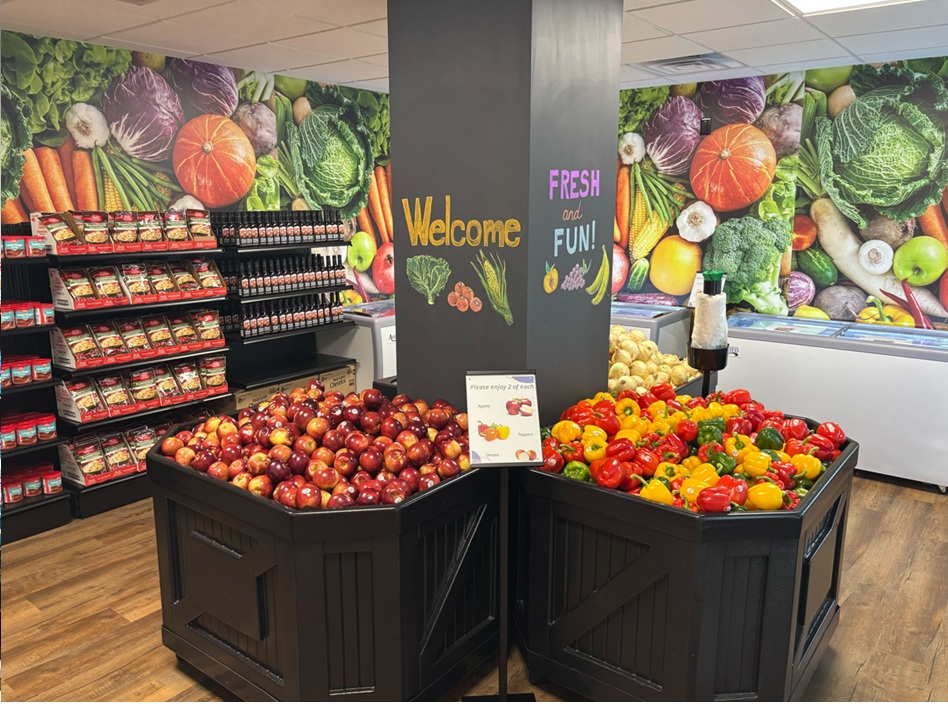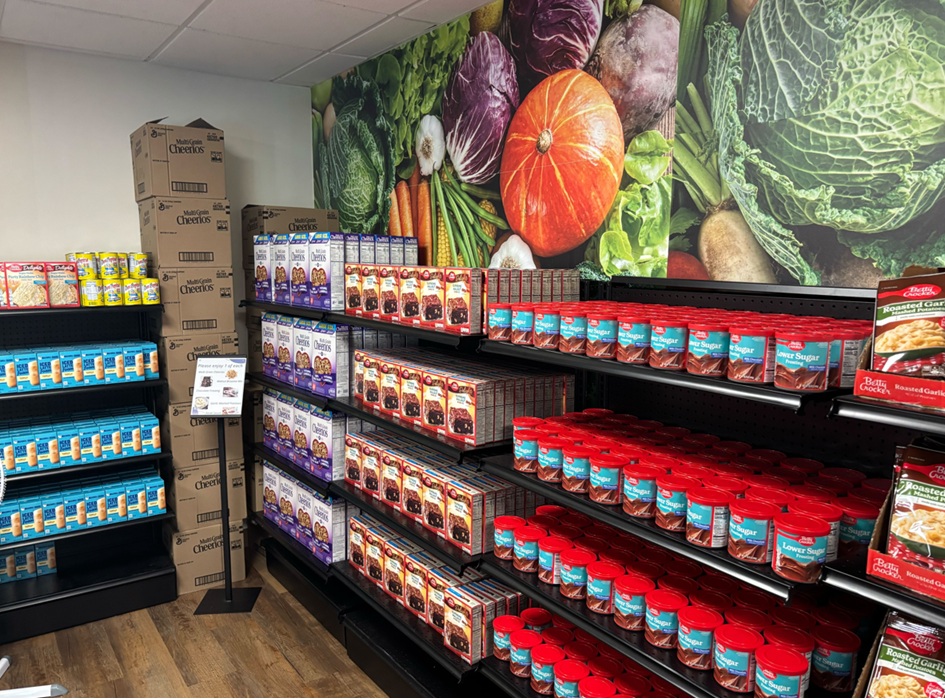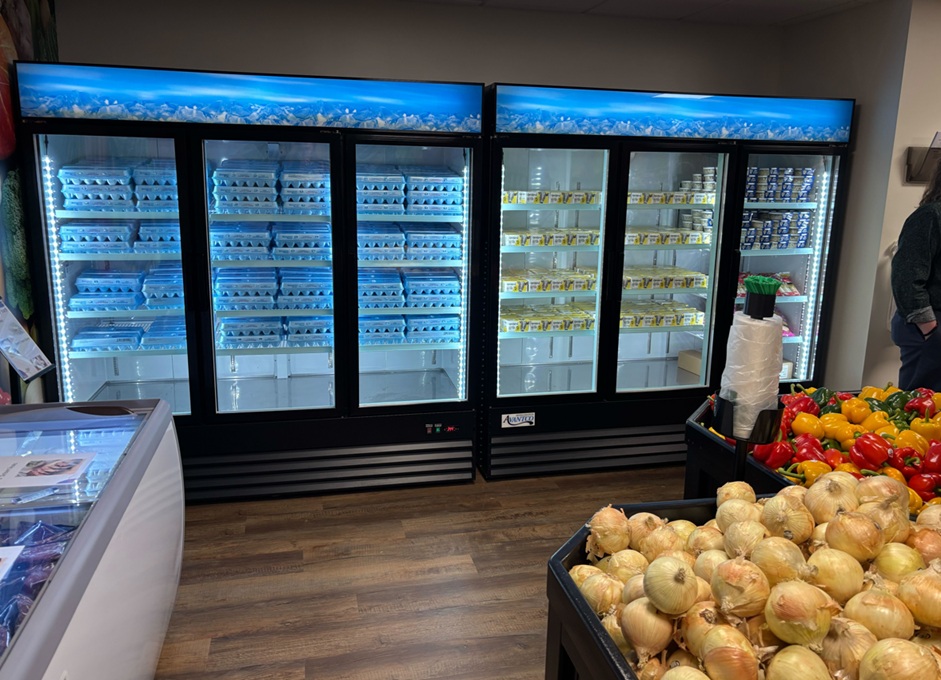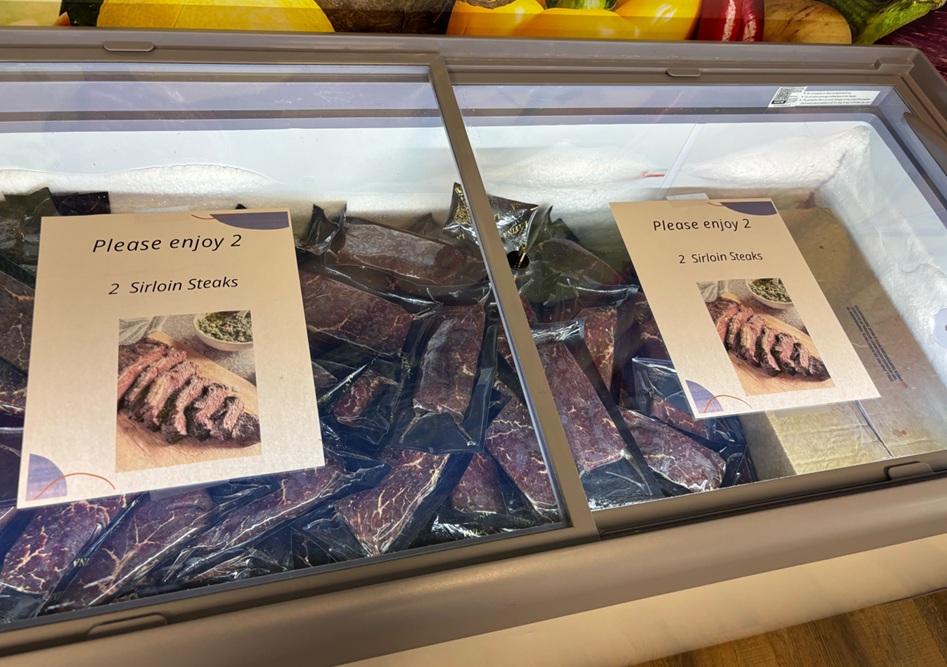At our latest Sales and Marketing Roundtable, we welcomed Shane McDougall, Executive Director at Spring Harbor at Green Island, for a discussion on the power of partnerships in senior living. Shane shared how thoughtful collaborations—whether with universities, local organizations, or cultural institutions—can transform the resident experience, strengthen operations, and elevate a community’s visibility in the market.
Throughout the conversation, Shane emphasized that partnerships aren’t just “nice to have”—they’re strategic tools that drive satisfaction, growth, and long-term success. By involving both residents and staff in the process and aligning every collaboration with mission and values, senior living communities can create programs that feel authentic, impactful, and future-focused.
OWNING THE OUTCOME
Even when a service is outsourced, residents see it as part of the community. Success or failure in partnerships ultimately reflects on leadership, making accountability just as important as performance.
PARTNERSHIPS AS A GROWTH ENGINE
From improved dining satisfaction to innovative music residencies, partnerships can directly drive occupancy, strengthen marketability, and position communities as leaders in care and lifestyle.
COMMUNITY VISIBILITY REQUIRES CONSISTENCY
Just like Coca-Cola continues to advertise despite being universally known, senior living providers must continually invest in branding and outreach to remain top of mind locally.
MULTI-GENERATIONAL VALUE
Programs that blend younger generations with older adults—like musician residencies—deliver benefits beyond enrichment. They spark connection, improve wellness, and build powerful marketing stories that resonate beyond the community.
NETWORKING AS STRATEGY, NOT AFTERTHOUGHT
Chambers of commerce, city events, and peer gatherings aren’t just “nice to do.” They’re essential touchpoints that elevate senior living as a whole and ensure a community’s voice is part of local conversations.
RESIDENTS AS PARTNERS, NOT JUST CUSTOMERS
Involving resident councils in partnership decisions—whether for engagement software or programming—ensures services reflect what people truly want and need, while reinforcing trust and ownership.
Varsity’s Roundtable is a weekly virtual gathering of senior living marketers and leaders from across the nation. For updates about future weekly Roundtable gatherings, submit your name and email address here.




